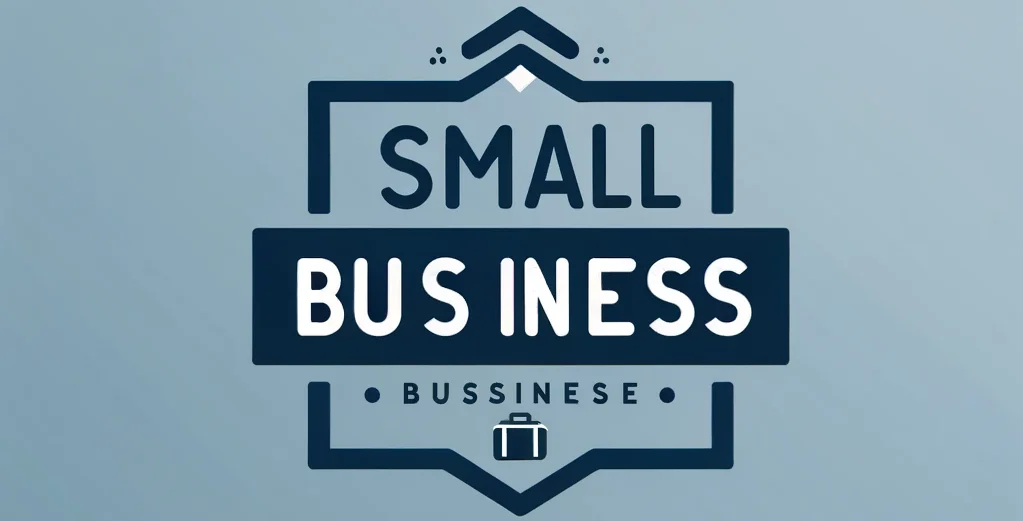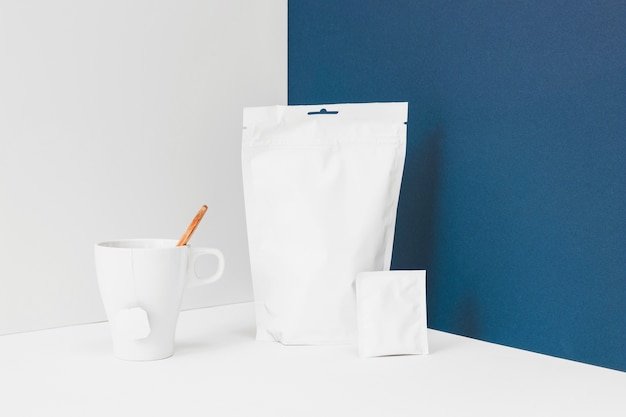A prototype is usually needed at various stages of product development, based on the project’s goals and requirements. Skipping a prototype when necessary can waste time and money, and cause frustration due to a false start. However, investing time and effort into developing a prototype often pays off. You can even outsource this task to companies that specialize in prototyping, ensuring you receive accurate prototypes quickly.
5 Scenarios When Prototyping is Beneficial:
1. More Accurate Requirements: Prototypes help validate and test initial ideas to see if they鈥檙e feasible. Traditional methods like focus groups, interviews, and surveys often don’t capture every requirement, which can lead to costly rework. Using a prototype early on helps visualize and test the product, making it easier to identify necessary improvements. It’s cheaper to address issues early rather than later.
2. Safety Demands Perfect Performance: In industries where safety is critical, like traffic control or essential auto parts, products must perform perfectly from the start. Prototyping allows you to test different materials, designs, and manufacturing processes to ensure high safety standards are met before launching the product.
3. To Explore New Uses: Creating a prototype helps gather user feedback before heavy investment. When you have multiple viable options for a product, but can’t afford to pursue all, prototyping allows you to A/B test these options. This helps gather data and make informed decisions, minimizing disagreements within the team.
4. Approval From Higher-ups or a Buyer: Prototypes illustrate ideas clearly, making it easier to communicate concepts to stakeholders, investors, and team members. They show what the business can deliver, making customers and management more likely to invest in further development. Prototypes may also be necessary for gaining approval from focus groups, retail buyers, or patent attorneys to provide tangible evidence of a working idea.
5. Engage in Marketing Even Before Finalizing the Product: Prototypes are useful for pre-sales efforts, allowing potential customers to see and interact with the product before it鈥檚 fully developed. Having a prototype for marketing campaigns can generate interest and anticipation for the product’s release.
You’ll likely find additional reasons to create prototypes, such as regulatory approval, securing funding, assessing technical feasibility, and exploring design variations. The specific timing and type of prototype will depend on your project鈥檚 goals and the nature of the product being developed.



